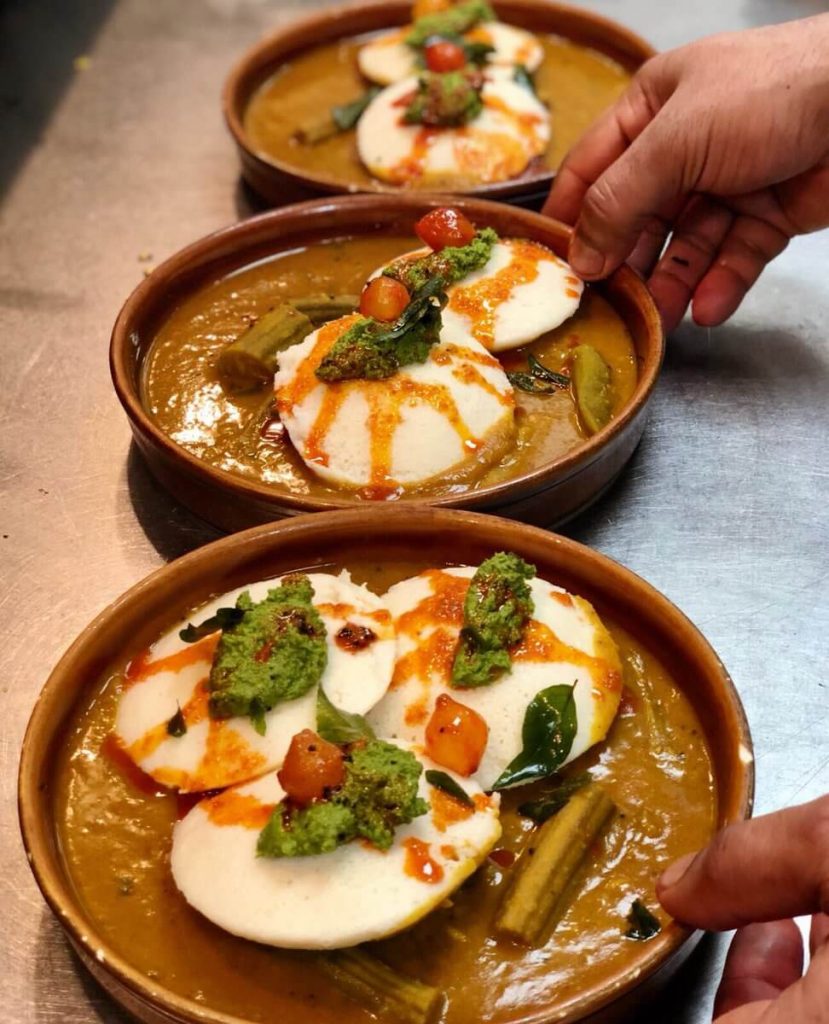Well, every dish has a deeper meaning and a beautiful story behind its origin. Sambar too has an unbelievable story. Sambar is a prominent south-Indian dish. We all must have had in South-Indian restaurants, at a friend’s place, or even in canteens. But, the question that arises here is, is sambar a South-Indian originated dish?
There are various sambar options available today, one can witness differences in taste, color, flavor, and other aspects in different forms of sambars. Well, you may not know but Tamilian Sambar tastes different from Kerala Sambar and my mother’s home-cooked Sambar. Sambar is a great match with does, idli, vada, sometimes, even with rice.
Origin of Sambar by a Marathi King
Surprisingly, the answer to that question is no. Sambar was never intended to become this famous in South India. Let me brief you through the history of Sambar. Initially, sambar was given rise or prepared during the rule of Thanjavur Maratha ruler Shahuji. Through his kitchen, sambar was invented. It is said that Shahuji was giving an attempt to prepare a dish named Amti which is made from the moong dal and kokum extracted tamarind but he experimented with the dish and instead of adding moong dal to the dish, he added to dal.

So, for the first time, Sambar was actually made in the Thanjavur kitchen of a Marathi King known as “Shahuji Bhonsale”, whose father was Ekoji, and the discoverer of the Marathi rule of Thanjavur. On one specific occurrence, Shahuji a cooking enthusiast was trying to prepare a Maharashtrian dish named amti, which is still popular in Maharashtra now, which comprises Kokum as its fundamental component. But, as Kokum wasn’t available during his cooking period, it was out of supply, Shahuji replaced the main ingredient, Kokum with a an alternative with tarmarind. This idea was suggested by one of the cooks there or Shahuji himself. The popular dish Amti was usually made with putting vegetables and lentils. The newly experimented dish was initially served to “Sambhaji”, who was the son of Shivaji. Sambhaji arrived in Tamil Nadu, Thajavur to greet, “Shahaji Maharaj” one of his relatives. The dish was greatly appreciated and admired by Sambhaji and therefore, the dish began to popularize this way. The new dish with experimentation proved to be fruitful and most of the people preferred it over Amti. As the dish got positive responses, that dish was named “Sambar” after Sambhaji’s name.
Accordingly, “Thanjavur Marathi People” certainly implies that it’s a society where people are fluent in speaking a dialect that comprises both Tamil and Marathi languages.
The court-appointed sambar as the name of the new dish after Sambhaji, the second emperor of the Maratha Empire.
Also, Sambaru Padartha in the Kannada language signifies ‘Mix of spices & condiments.
Conclusion
It is still unclear from where sambar took its origin, whether from Tamil Nadu or Maharashtra, or Karnataka, but it is quite popular in South-Indian states. The South-Indian delicacies are nothing without serving sambar.


